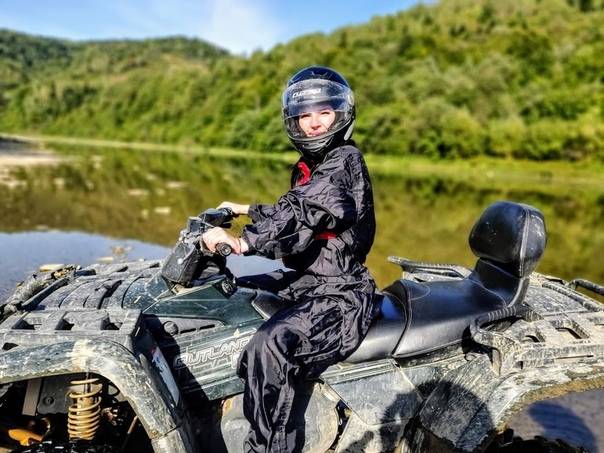
ATV safety gear: helmets, gloves and more for safe riding
ATV riding is an exhilarating outdoor adventure, but safety should always come first. Whether you're driving cross-country or traveling through open areas, wearing the right safety gear is important to protect yourself from possible accidents and injuries. Here's a quick rundown of the basic ATV safety equipment you need to ride safely:
-
Helmet: A properly fitted helmet is the most important piece of protective equipment for ATV riding. Choose a helmet specifically designed for off-road use, with features like a durable outer shell, shock-absorbing foam padding, and an adjustable chin strap. Look for helmets that meet safety standards, such as DOT (Department of Transportation) or ECE (Economic Commission for Europe) certification, to ensure maximum protection for your head in the event of a crash or impact.
-
Safety glasses or face shield: Protect your eyes from dust, debris and flying objects with safety glasses or a face shield. Choose glasses with shatterproof lenses and a snug, comfortable fit that provide full coverage and prevent fogging. A face shield attached to your helmet provides additional face and eye protection for optimal visibility on the trails.
-
Gloves: Wear durable, full-fingered gloves to protect your hands and improve grip while riding. Choose gloves made from durable materials, such as leather or synthetic textile, with reinforced padding in the palms and knuckles for added impact protection. Properly fitting gloves help reduce hand fatigue and provide better control of the ATV, especially during long rides over difficult terrain.
-
Riding Boots: Invest in durable, ankle-high riding boots with non-slip soles and adequate ankle support. Riding boots protect your feet and ankles from impacts, abrasions, and burns from hot engine parts. Look for boots that have a reinforced toe and heel for extra protection, as well as breathable, moisture-wicking lining to keep your feet comfortable and dry on your rides.
{thirty} -
Protective Clothing: Wear protective clothing designed specifically for ATV riding to protect you from scrapes, cuts and abrasions. This includes durable jackets, trousers and jerseys made from durable materials such as nylon or polyester. Look for clothing with built-in padding or armor in key impact areas such as elbows, shoulders, knees and hips for added protection.
-
Body Armor: Consider wearing additional body armor or protective gear under your clothing for added protection. Body armor, such as chest, back and elbow pads, absorbs and dissipates impact energy in the event of a crash, reducing the risk of serious injuries to the torso and extremities. Look for lightweight, breathable body armor that provides maximum protection without restricting your movement or making you feel comfortable while riding.
-
Neck Brace: For added neck support and injury prevention, consider wearing a neck brace while riding ATVs. Cervical braces help stabilize the neck and reduce the risk of hyperextension or hyperflexion injuries in the event of an accident or sudden impact. Check out the adjustable neck braces, which feature a comfortable padding and secure fastening system that provides a custom fit and optimal support.
-
Hydration Pack: Stay hydrated on long rides by carrying a hydration pack or water bottle holder attached to your ATV. Dehydration can impair your concentration and reaction speed, increasing the risk of accidents and fatigue while riding. Choose a hydration pack with a built-in reservoir and drinking tube for easy access to water without having to stop or remove your helmet.
-
Communication Device: Carry a communication device, such as a two-way radio or cell phone, to stay in touch with other passengers or call for help in case of emergency. Make sure your device is fully charged and protected from moisture and shock damage with a waterproof case. Communicating with other riders and having a means of calling for help increases safety and peace of mind while riding ATVs.
-
Emergency Tool Kit and Supplies: Carry a basic tool kit with essential tools such as wrenches, screwdrivers, pliers, and tire repair supplies. Also, carry emergency supplies such as a first aid kit, emergency blanket, flashlight and whistle in case of emergencies or accidents on the trails. Emergency preparedness ensures you can handle minor repairs or injuries and stay safe while riding.
By wearing the appropriate safety equipment and taking the necessary precautions, you can enjoy a safe and enjoyable ATV ride while minimizing the risk of accidents and injuries on the trails. Always prioritize safety, ride responsibly, and be aware of your surroundings to get the most out of your ATV adventure.






